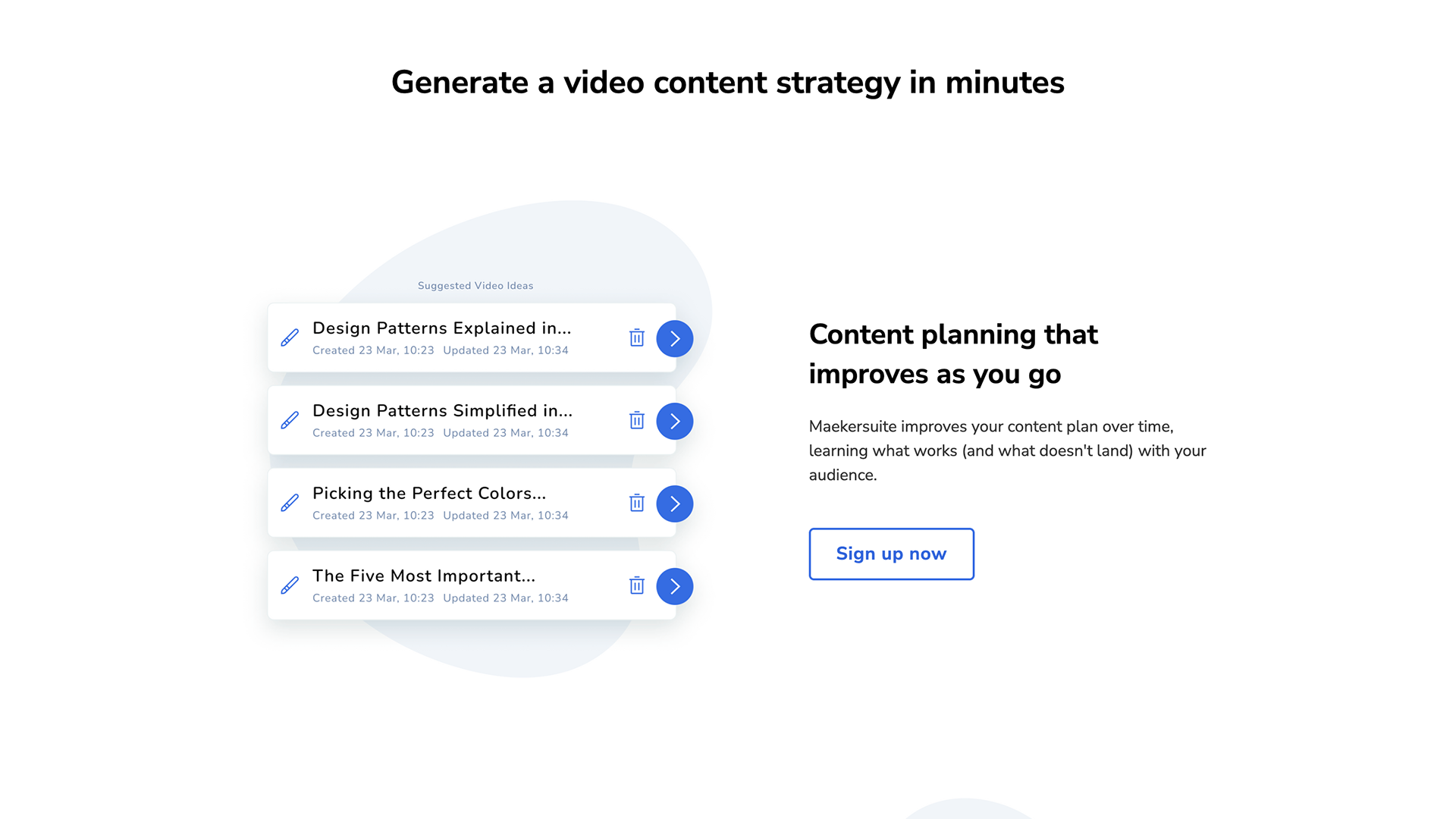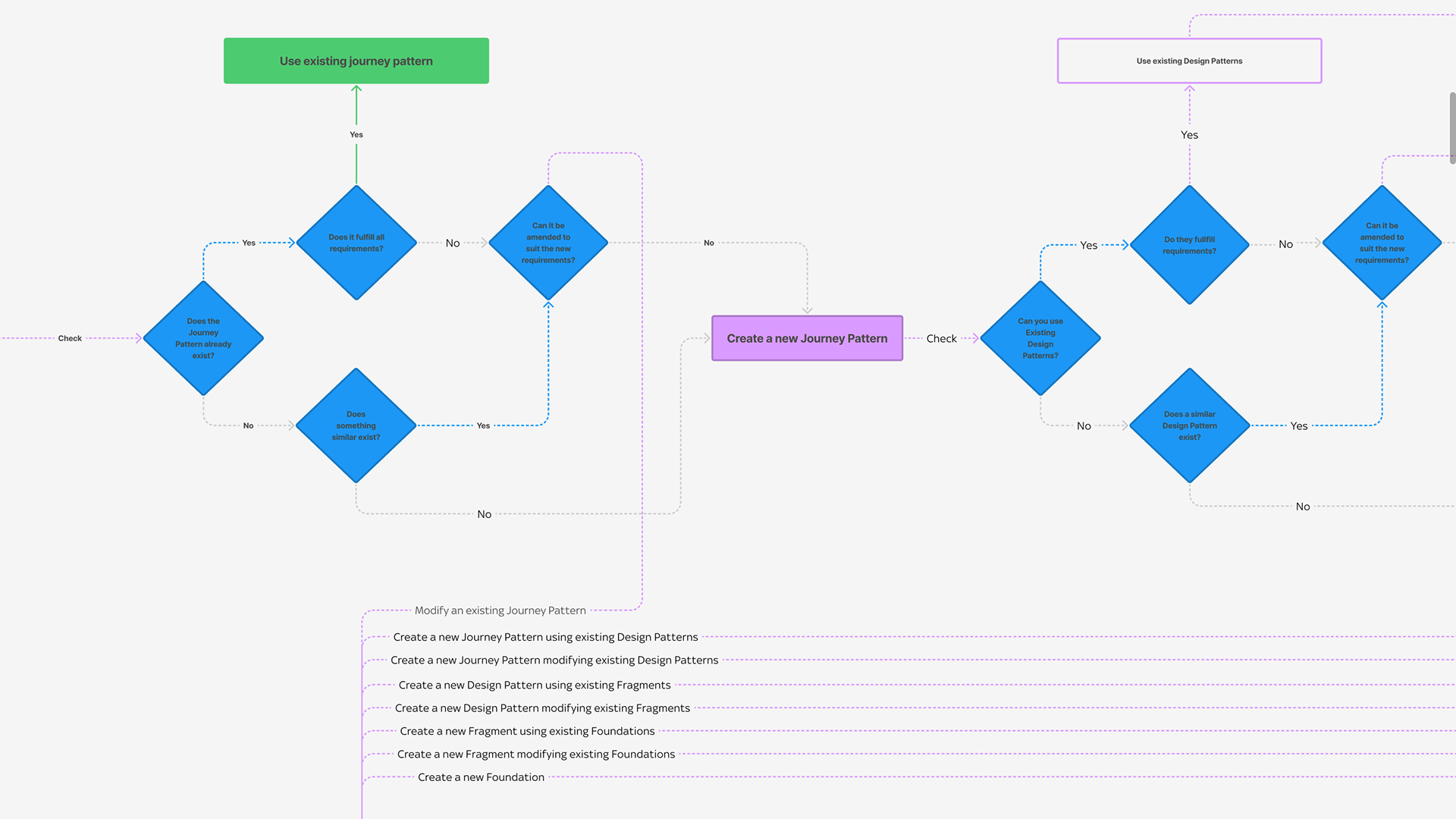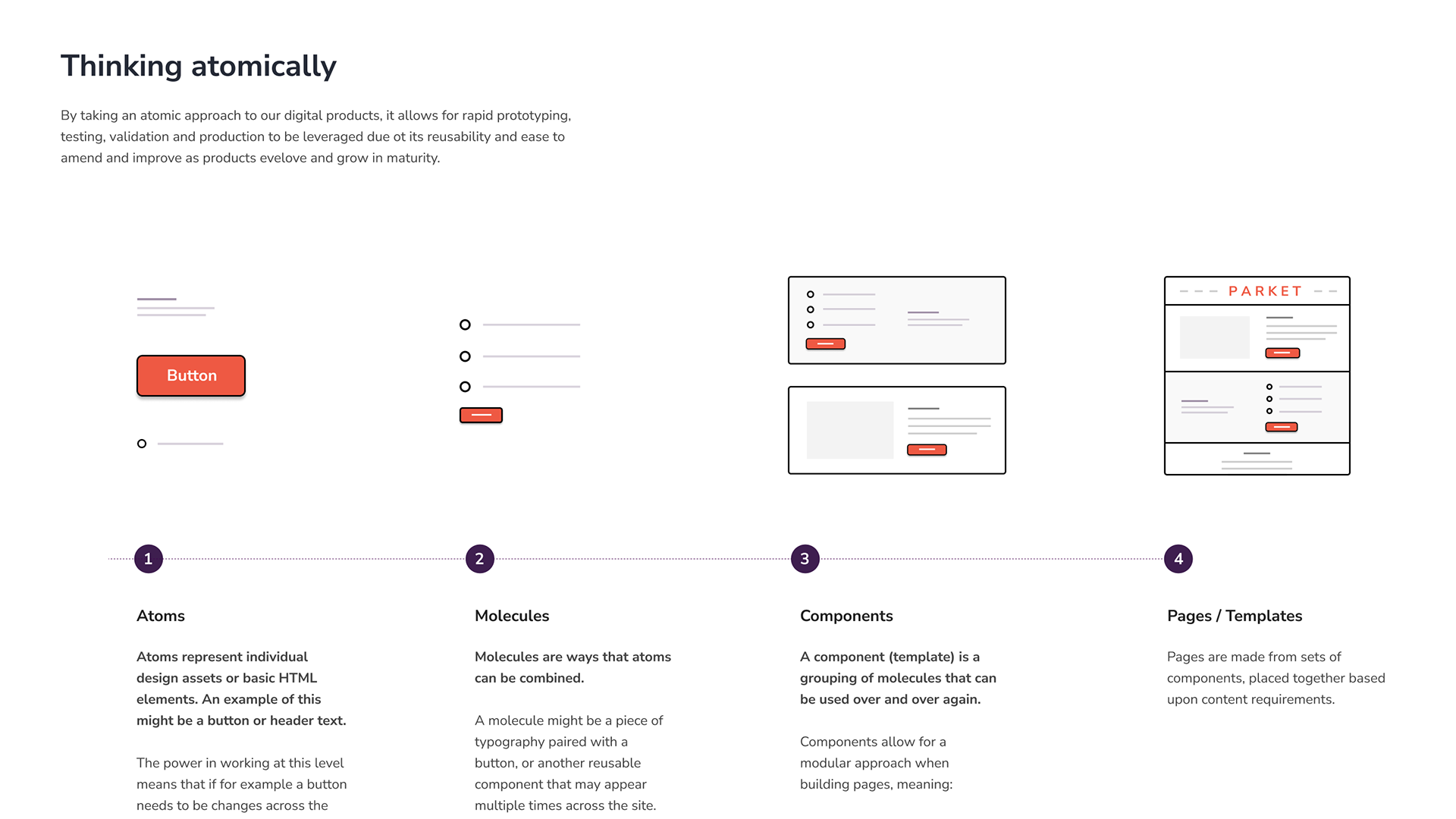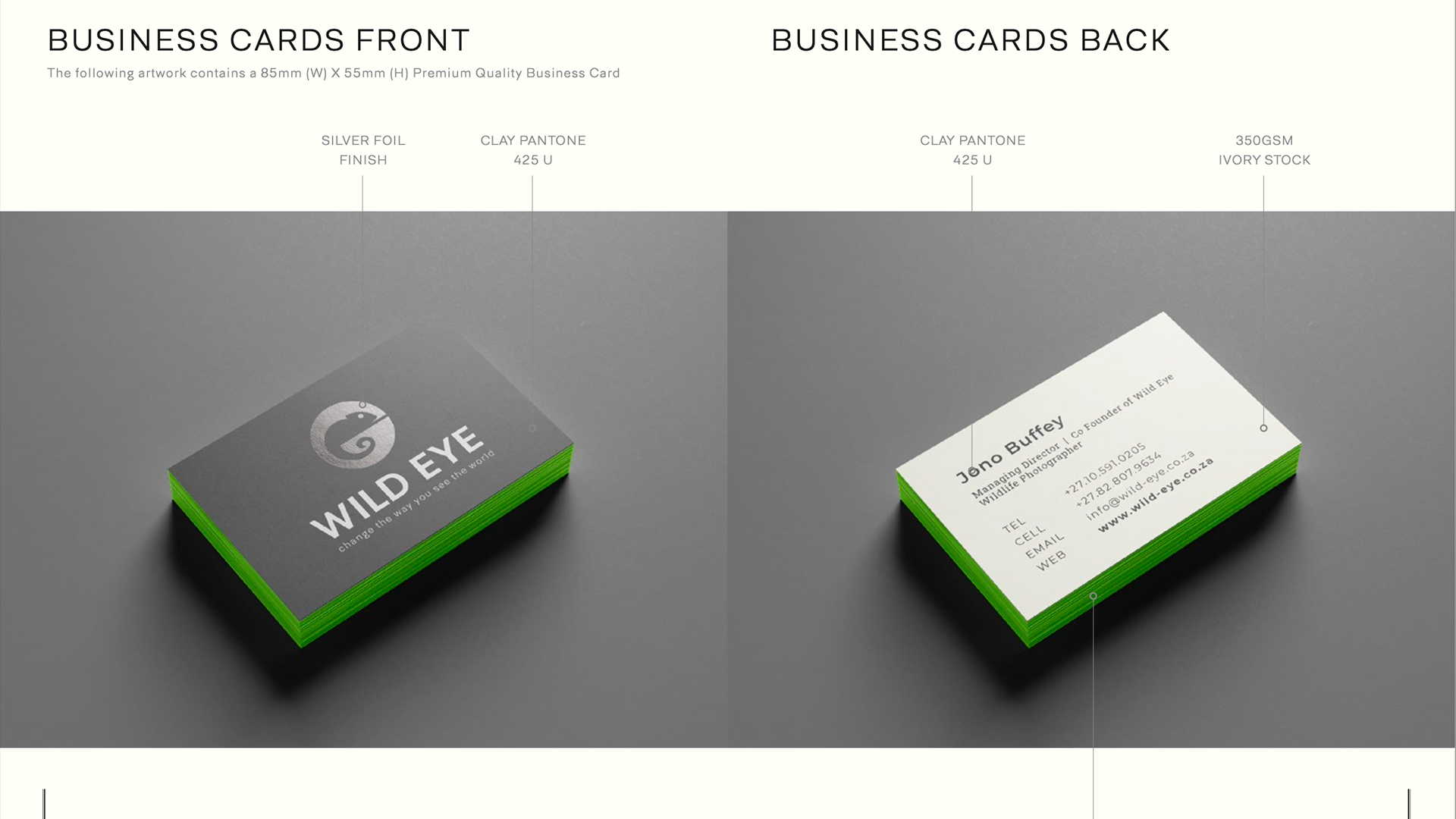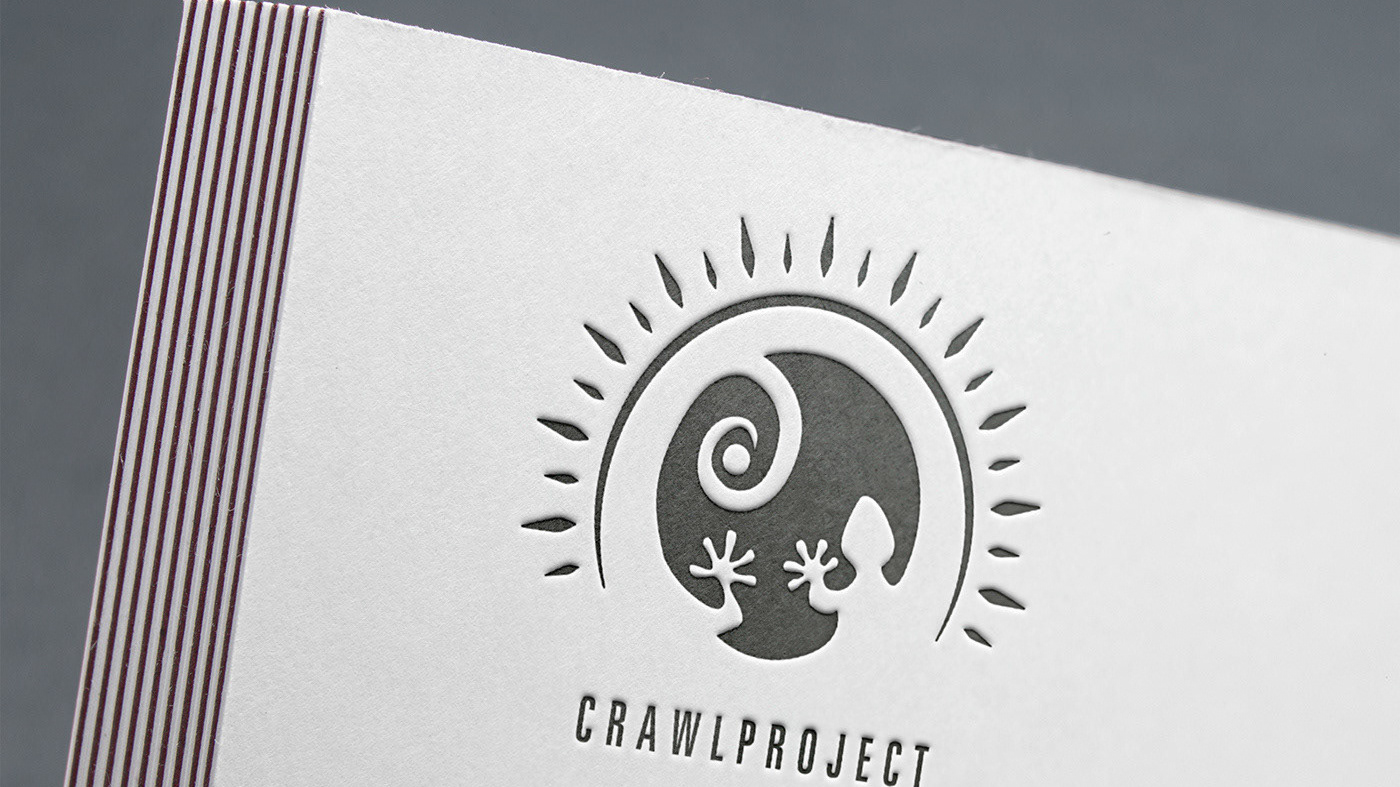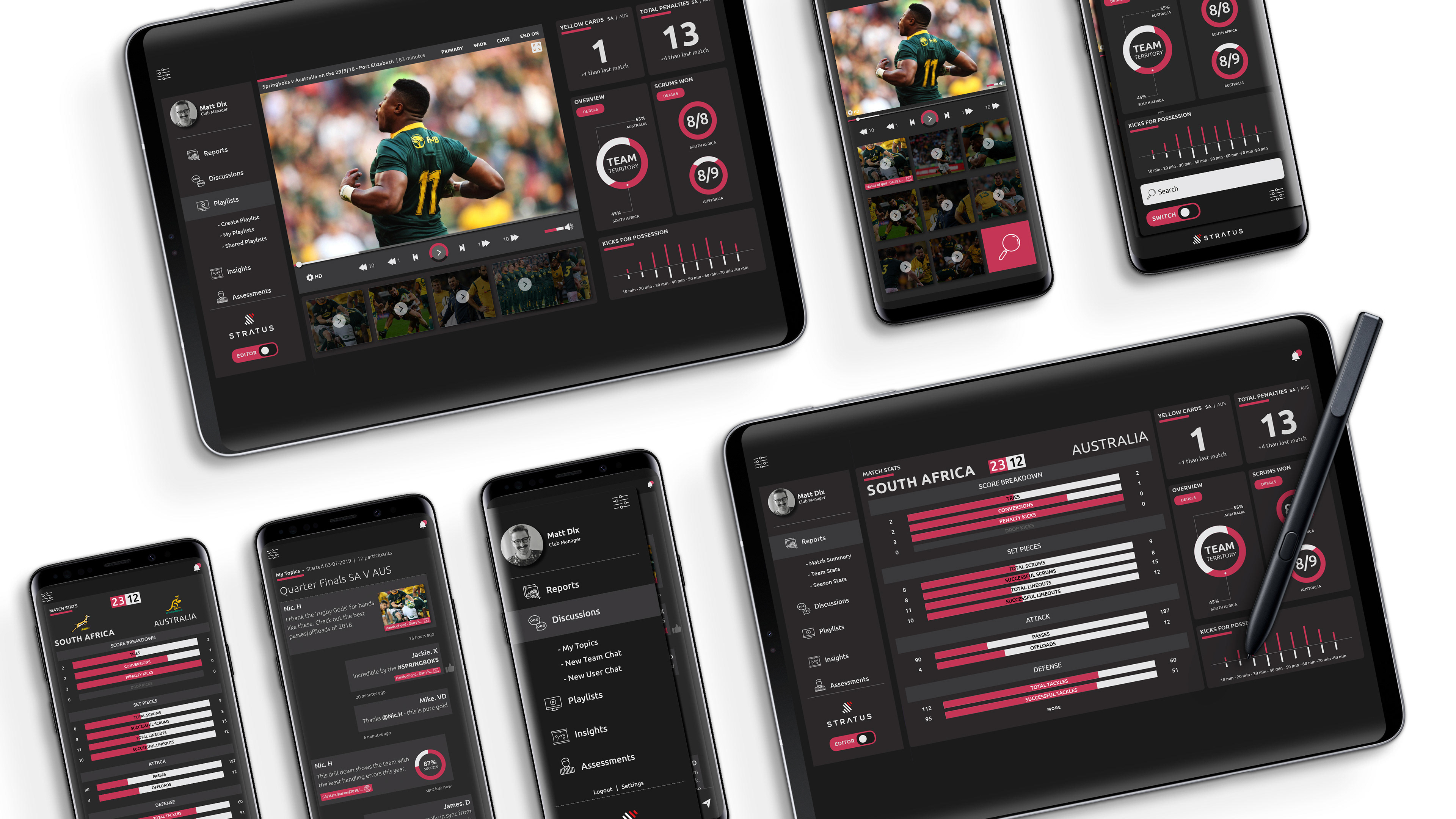Embarking on the design journey for UCL's Employee Experience app, we recognized the evolving expectations employees bring from their consumer experiences. With UCL's reputation for groundbreaking research and innovation, we set out to infuse these qualities into the design of their HR tools and systems.
Our commitment to inclusivity led us to conduct extensive qualitative user research and testing. We engaged with diverse staff members, ranging from lecturers to administrative personnel, ensuring that our solution resonated universally across the University. In tandem, key stakeholders participated in workshops, sharing insights on existing processes and shaping the framework for new requirements.
In overhauling the homepage, our emphasis was on streamlining the Information Architecture (IA) of the platform, a deliberate departure from the complexity often associated with Oracle. Our approach prioritized user clarity by implementing clear signposting to distinguish various application areas. Additionally, we played a pivotal role in defining distinct notification types, ensuring a seamless user experience across both desktop and mobile platforms.
Addressing a common concern identified through staff interviews with the existing system, we observed a lack of confidence among staff when saving changes. In our revamped designs, we proactively tackled this issue by introducing distinct states for form fields, clearly delineating between viewing and editing. Furthermore, we implemented a transparent review step and a straightforward saving confirmation process to enhance user confidence and streamline system interaction.
We elevated the approval process for managers by streamlining the dialogues they encountered. Introducing additional features, we empowered managers to provide comments when declining a request, contributing to a more comprehensive and constructive feedback loop. The overall experience was significantly decluttered compared to the legacy system, ensuring a more efficient and user-friendly approval process.
We implemented a changelog page to serve as a centralized repository for documenting changes to the design library.
This dedicated space ensures that all designers and developers involved in the project have a single point of reference to stay informed about updates and modifications, fostering efficient collaboration and knowledge sharing across the team.
This dedicated space ensures that all designers and developers involved in the project have a single point of reference to stay informed about updates and modifications, fostering efficient collaboration and knowledge sharing across the team.

